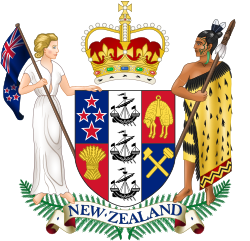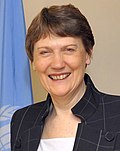Responsibilities
The minister leads the government's work on conservation issues and is responsible for advocating on behalf of conservation outcomes in the natural resources sector. In that way, the minister works closely with the Minister for the Environment, the Minister of Energy and Resources, the Minister for Oceans and Fisheries, the Minister for Biosecurity, the Minister for Land Information, the Minister of Local Government, the Minister of Tourism and the Minister of Agriculture. [4] [5]
As the responsible minister for the Department of Conservation, the minister's portfolio overseas 30% of the land area in New Zealand. In addition to the Conservation Act 1987, the minister is responsible for the Wildlife Act 1953, the Marine Reserves Act 1971, the Wild Animal Control Act 1977, the Marine Mammals Protection Act 1978, and the National Parks Act 1980. [2] The minister has functions under the Resource Management Act 1991, including the New Zealand Coastal Policy Statement, approving regional coastal plans developed by local authorities, and acting as the local authority for the Kermadec and Subantarctic Islands. [4] [5]
The minister is responsible for acquiring land for conservation purposes, recommending the creation of national parks, granting concessions for activities on public conservation land, and establishing marine mammal sanctuaries and marine reserves. [4] [5]
The minister oversees and appoints members of the 15 regional conservation boards, the 29 reserves boards, the Fish & Game Council (and regional Fish & Game Councils), the Game Animal Council, the Game Bird Habitat Trust Board, the New Zealand Conservation Authority, and Predator Free 2050 Limited. [4] [5]
The Loder Cup awarded for conservation is presented by the minister.
This page is based on this
Wikipedia article Text is available under the
CC BY-SA 4.0 license; additional terms may apply.
Images, videos and audio are available under their respective licenses.




















